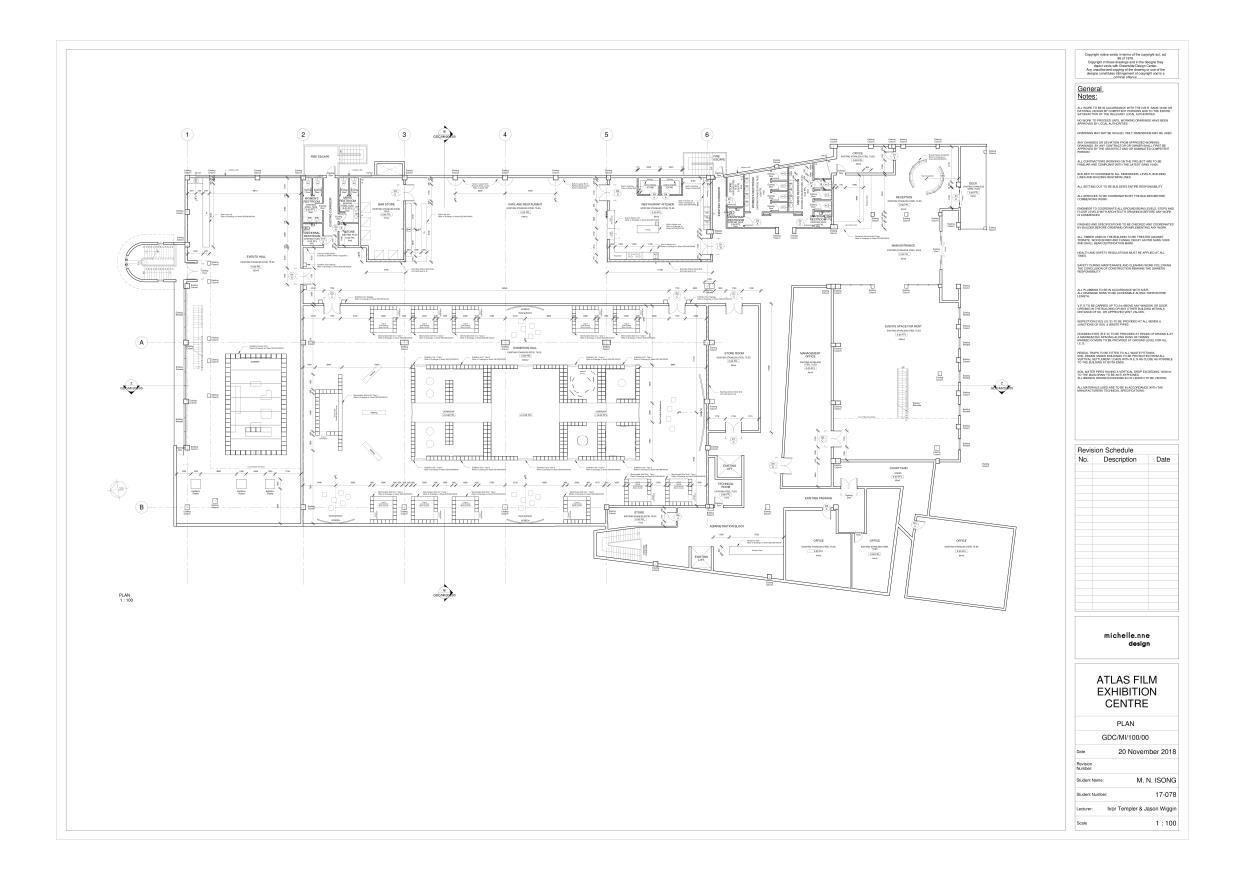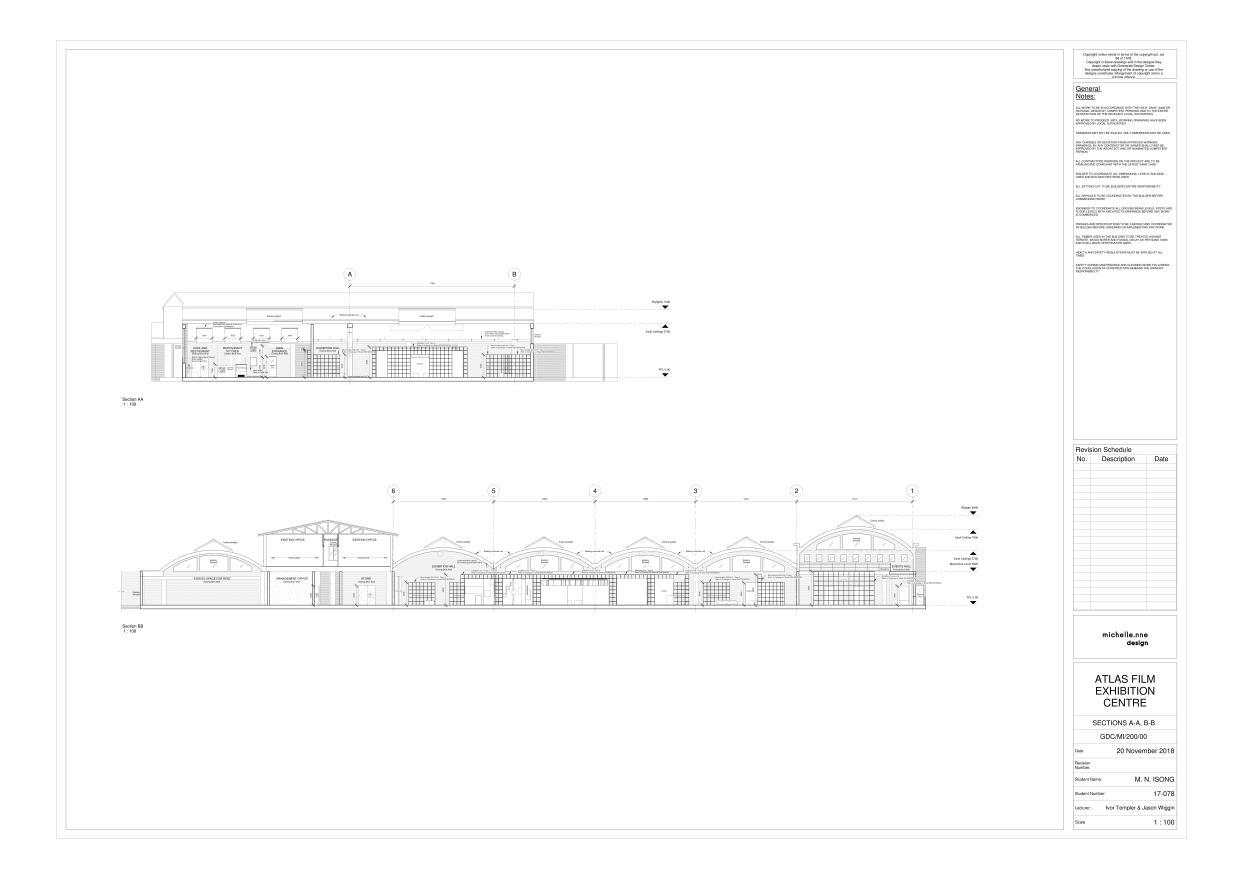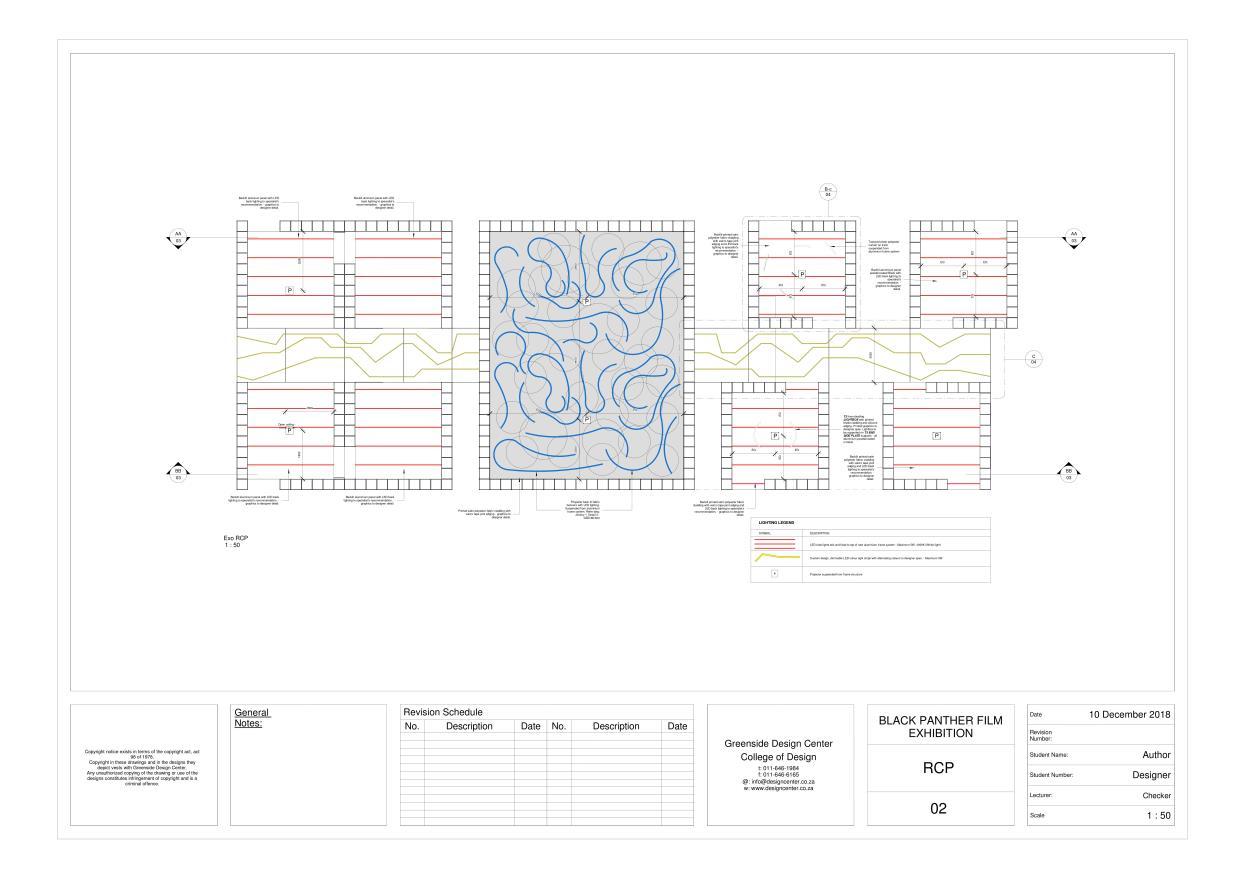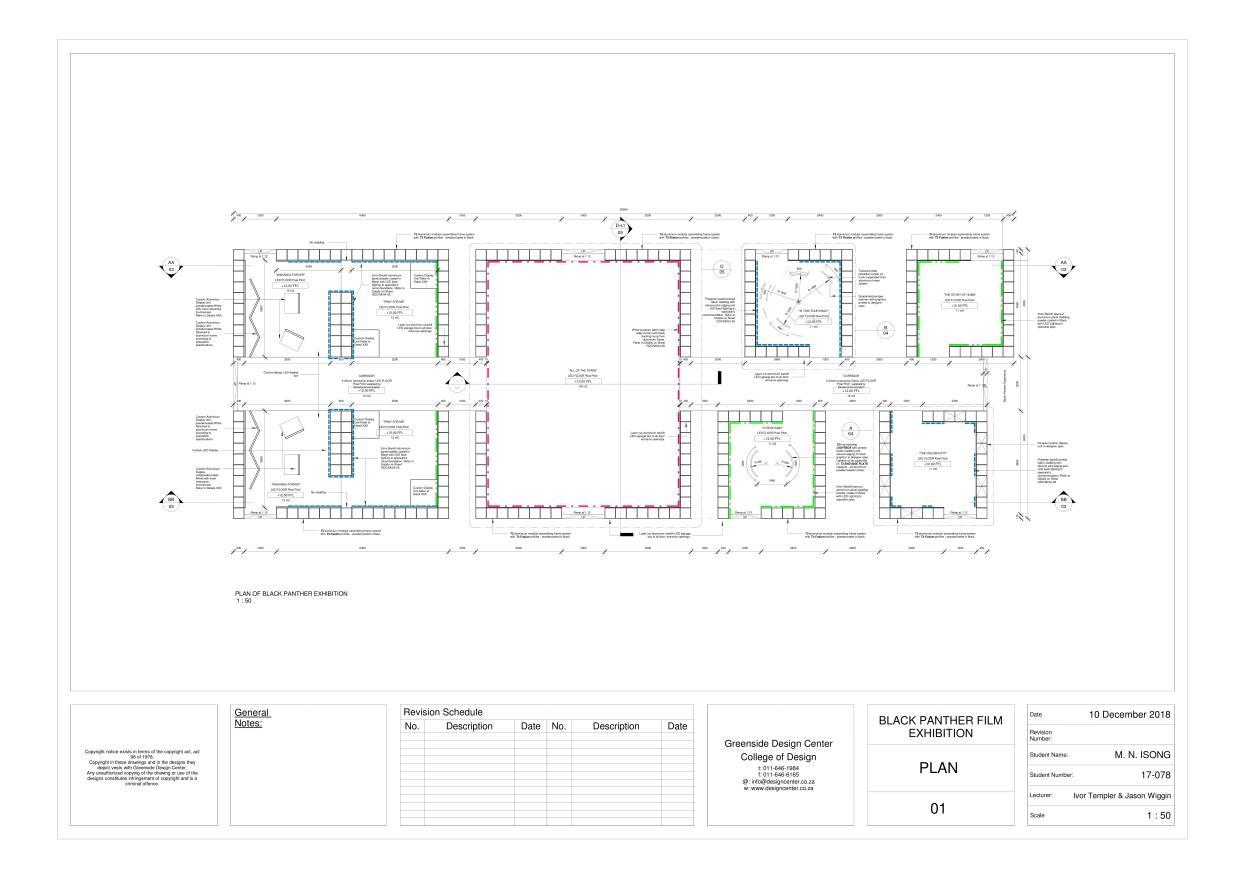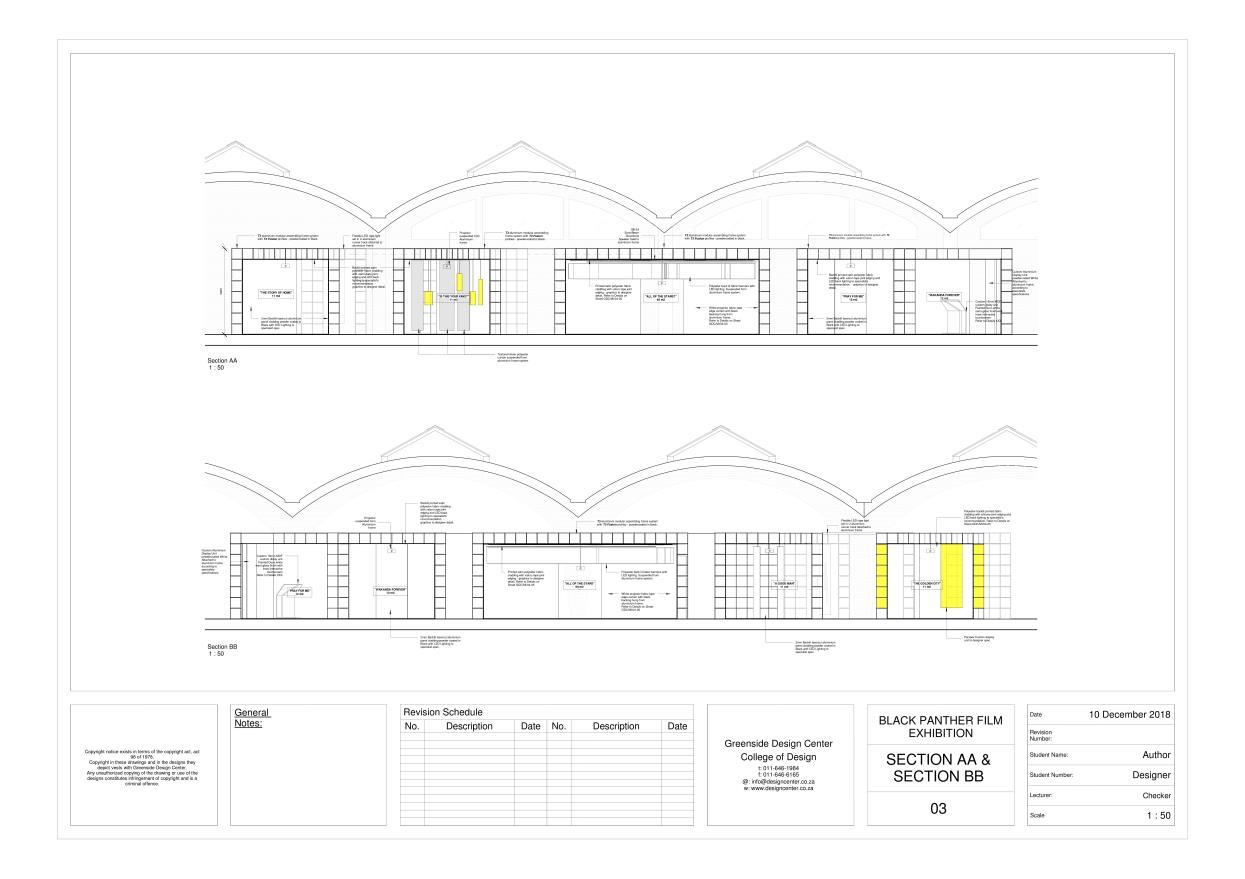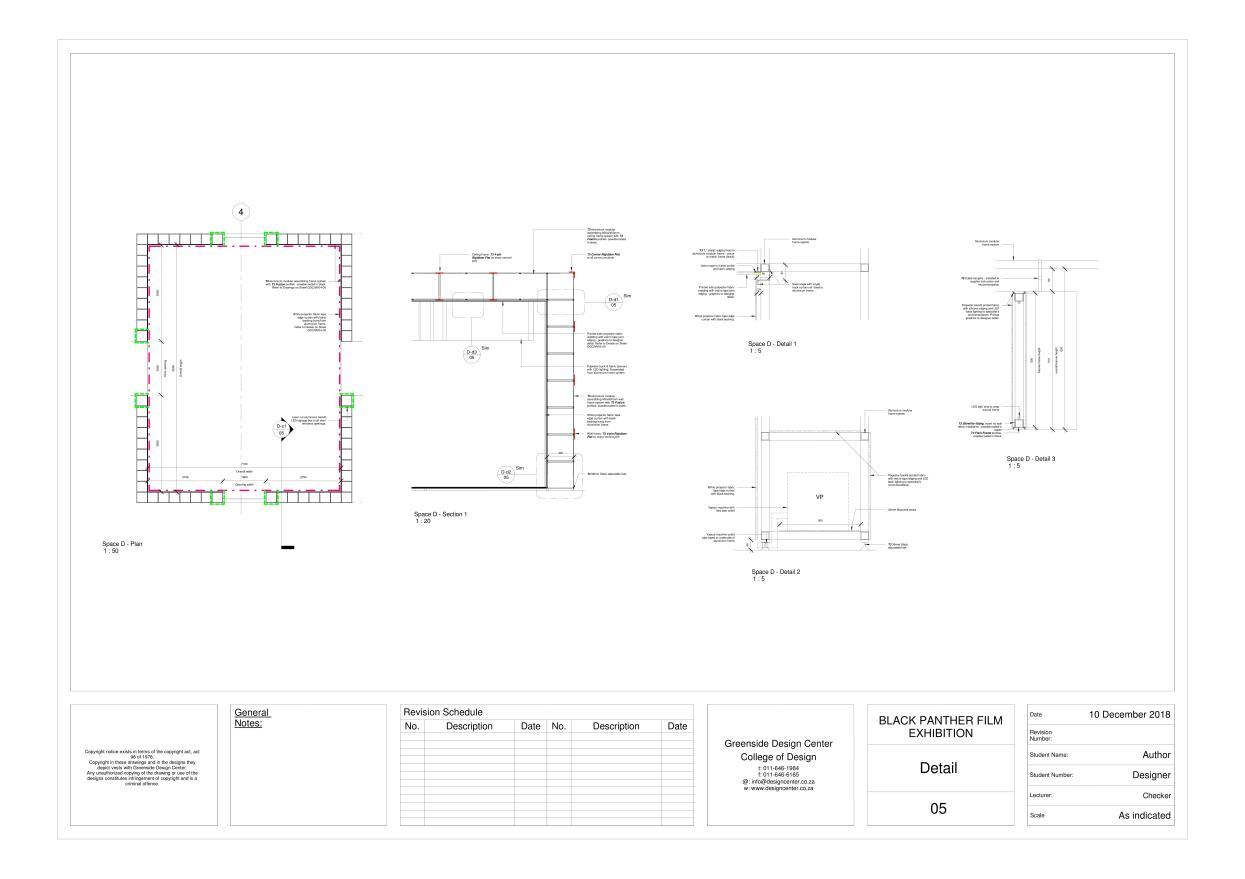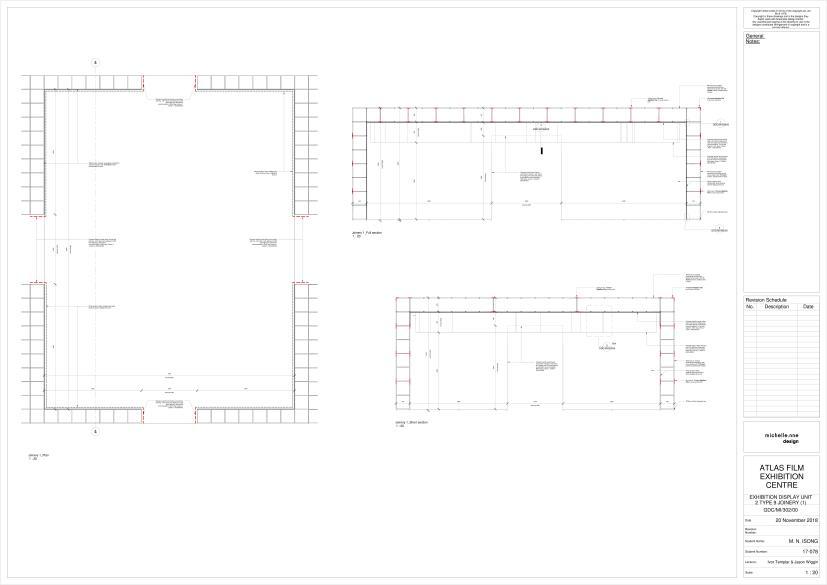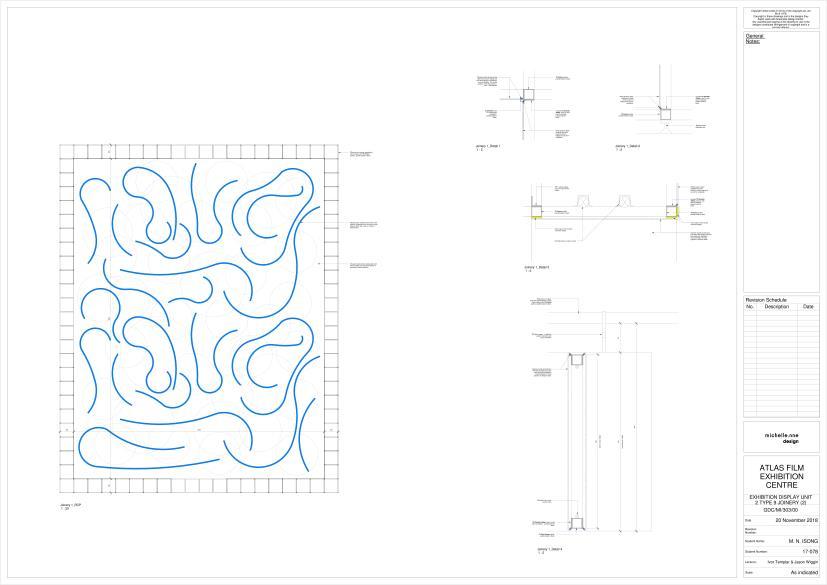
Part 1
The Black Panther Experience

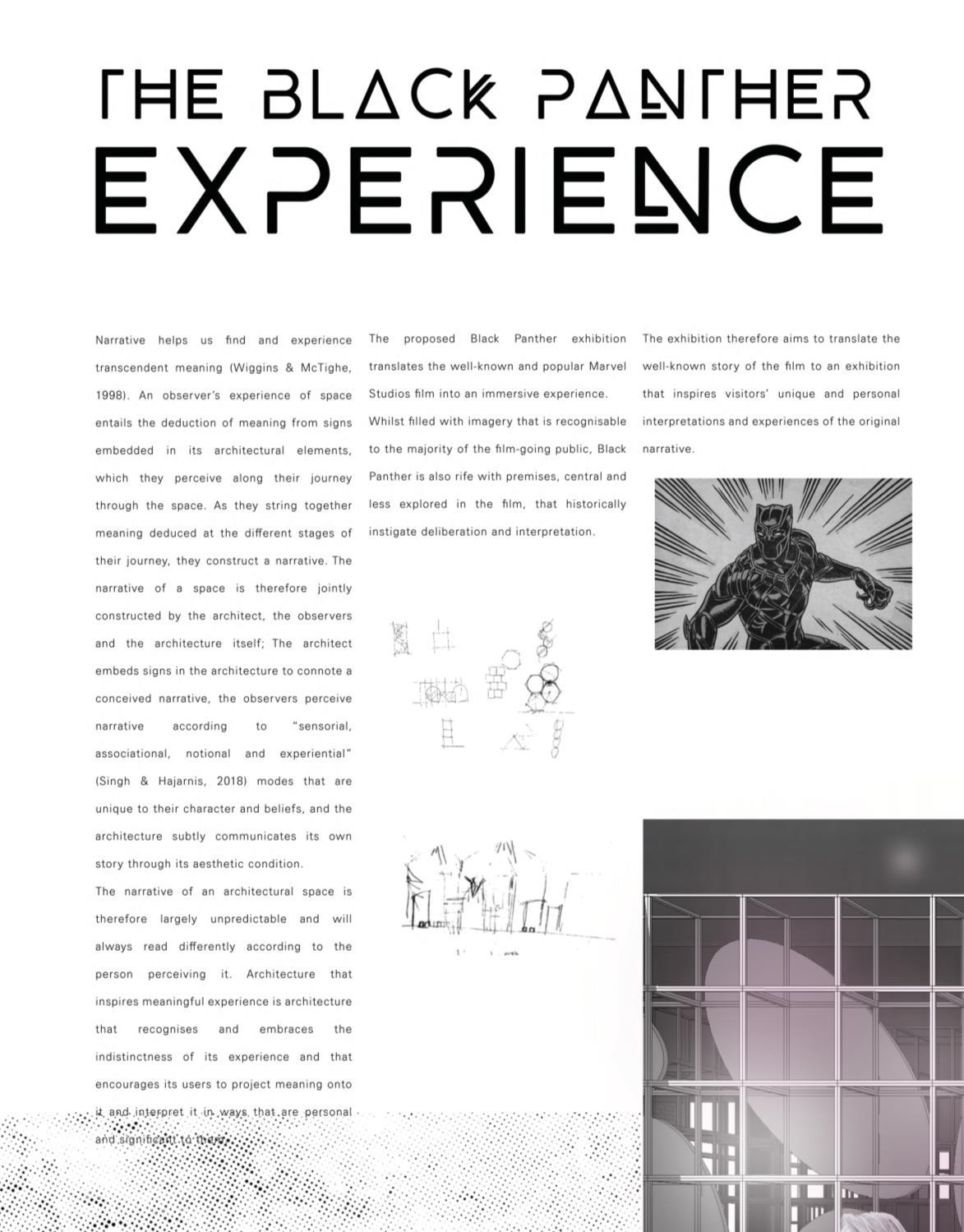



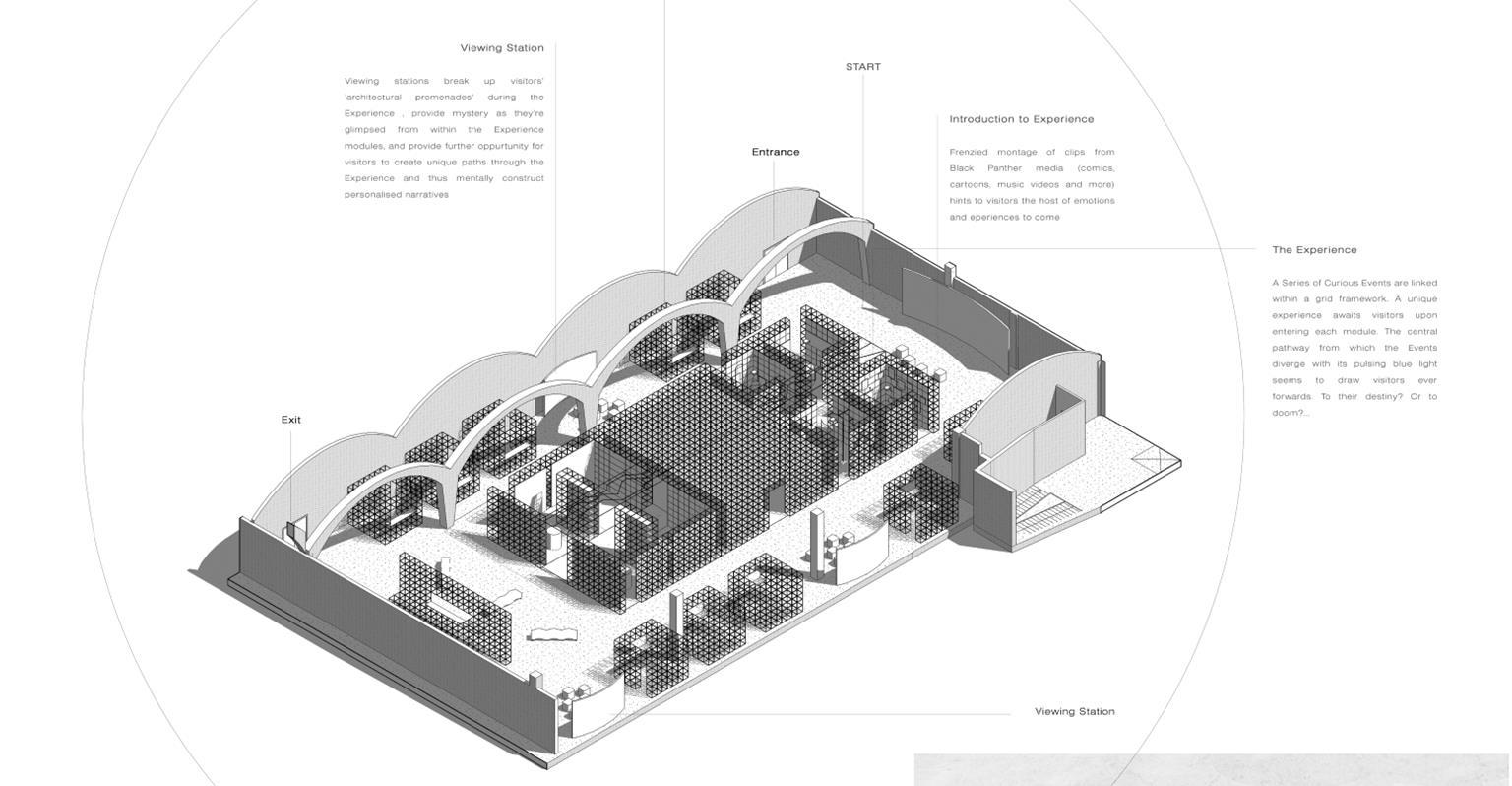

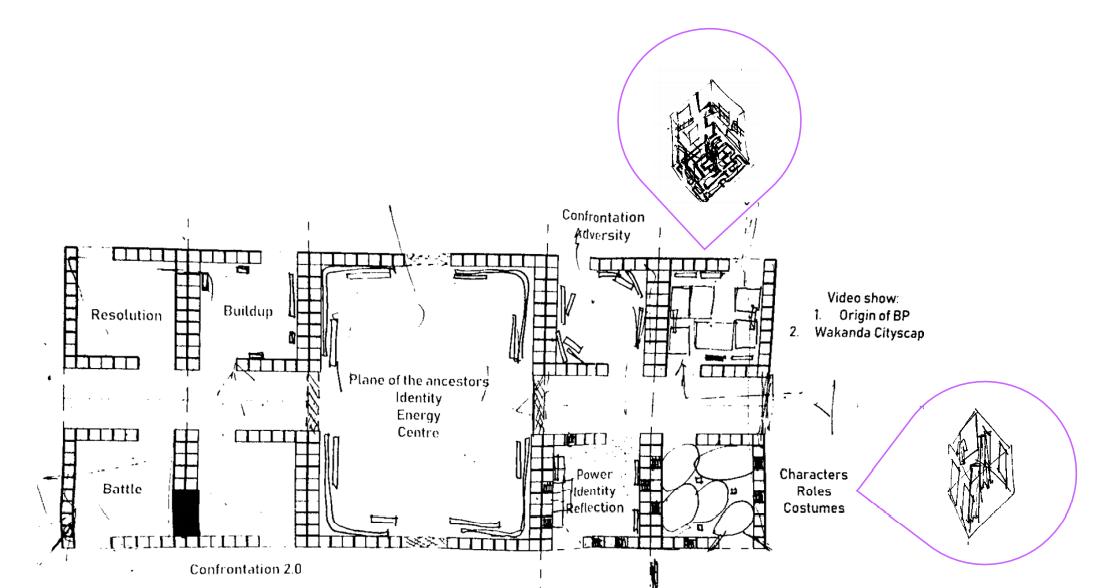


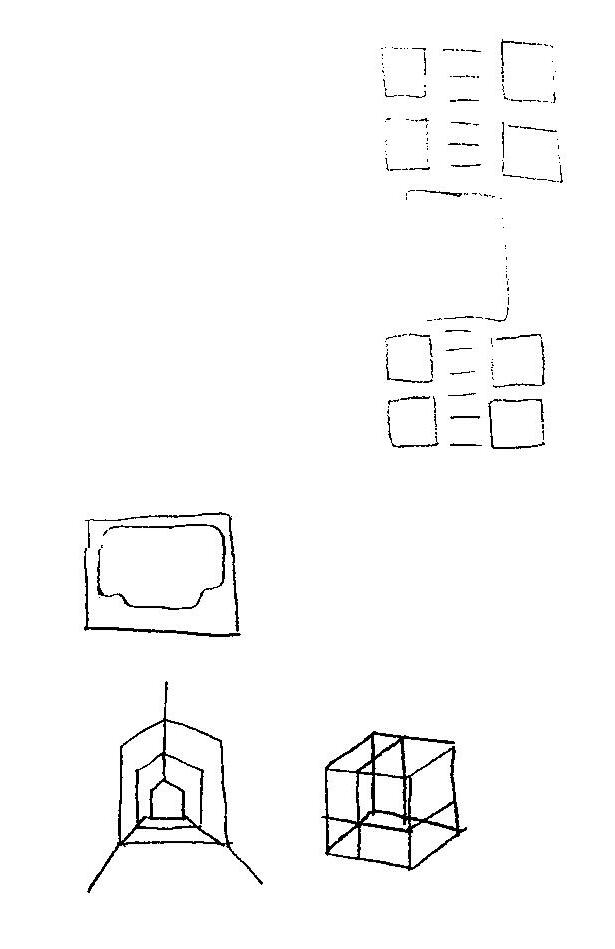



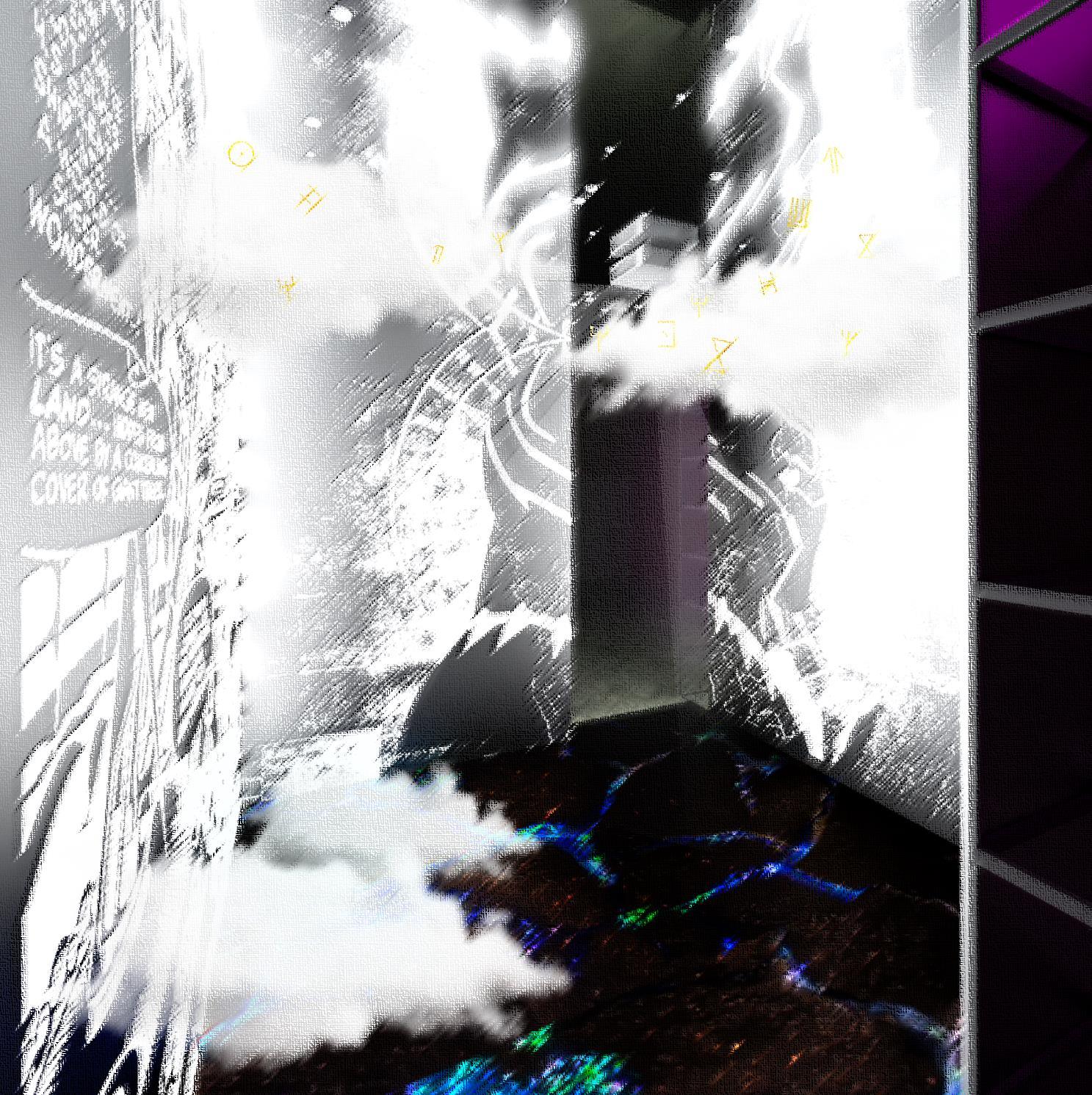
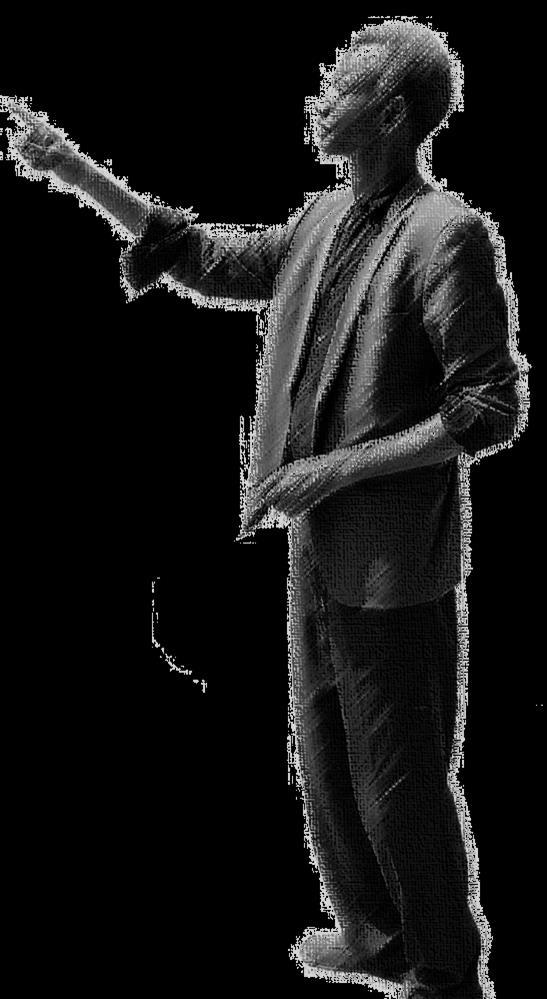
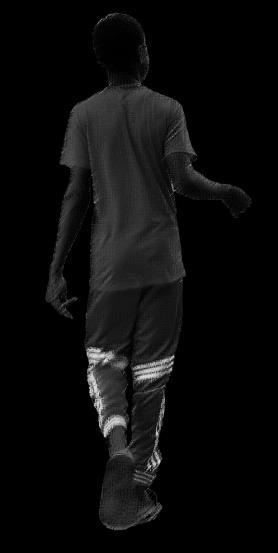
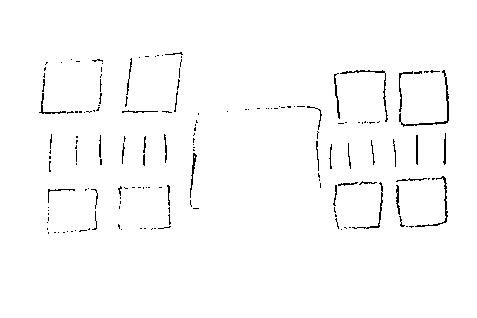
The first exhibition space, called The Story of Home, introduces visitors to the lore of Black Panther. In a 4-minute long ‘show’ that is played on loop, the fictional history and origins of the Black Panther are gradually revealed as the laser cut aluminium panel backlit by LED lighting gradually lights to reveal its historical script and a supporting light show is projected into the artificial fog
The ethereal experience is supported by a recitation of Wakanda’s origin by the Black Panther film star Sterling K Brown that visitors listen to on a portable audio guide player with headphones provided by the exhibition.
The tracery of the narrative script is reminiscent of ancient drawings and the juxtaposition against the modern laser cut panel is suggestive of one such central theme in Black Panther; the relationship and conflict between tradition and modernity.

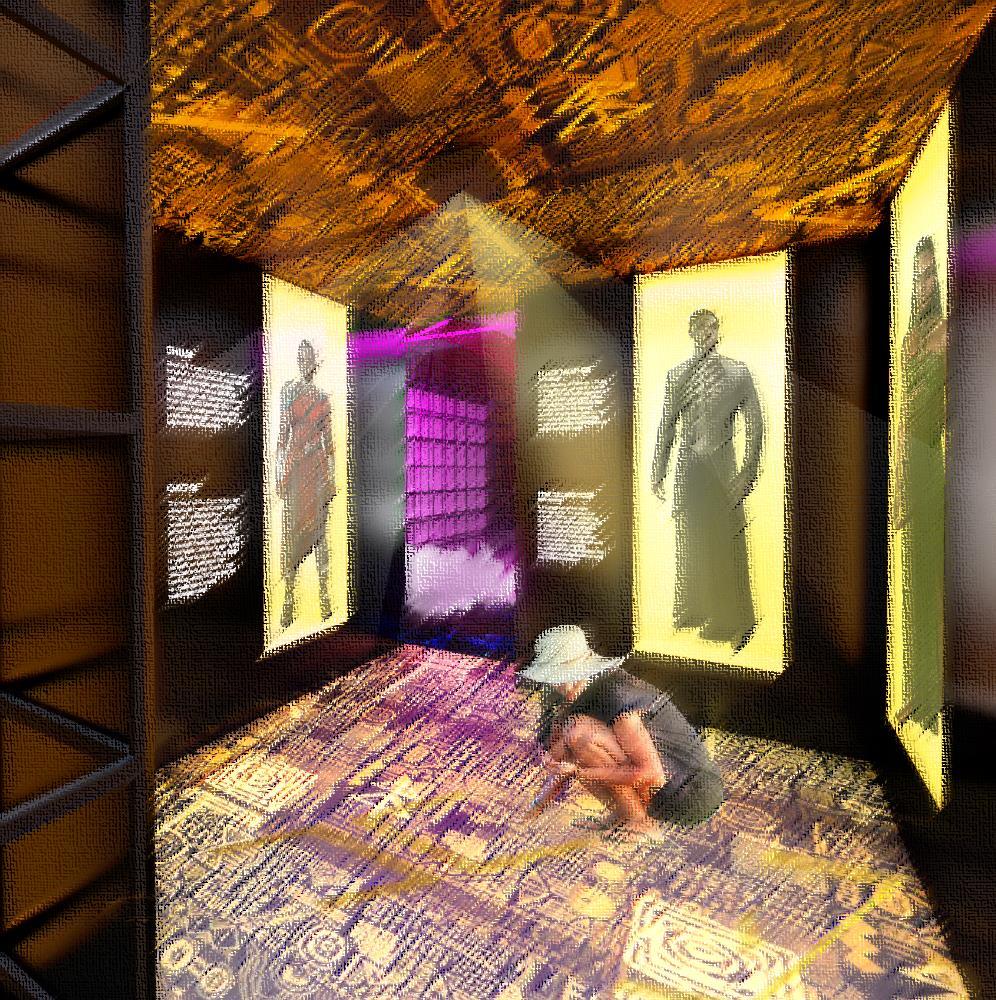

The Golden City introduces visitors to the protagonists of the Black Panther narrative. Lightboxes display characters and iconic costumes from the Black Panther film and comic The vibrancy and dynamism of the Wakandan royalty is reflected in the colours used to reflect regality in the film.



A Good Man relays the responsibility that T’Challa inherits upon his coronation as King. Light boxes intermittently flash in different colours calling visitors’ attentions to separate writings and animations, representing the many responsibilities T’Challa now holds at this stage in the film. A central structure in the middle of the space lit in white light conveys the exposure and yet potential aloneness of the position of a king The form draws inspiration from the throne room in the Black Panther film which itself conveys a similar message
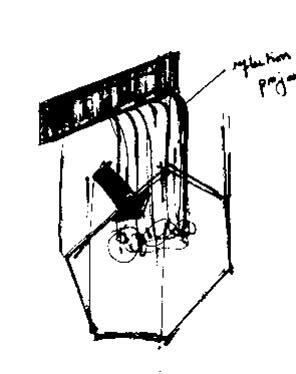
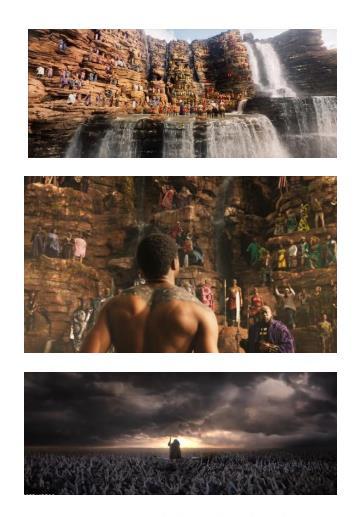
Part 4 – ‘Is this your king?’





The conflict between King T’Challa and the antagonist of the Black Panther film, Killmonger, is portrayed in Is This Your King.
The space evokes chaos and discomfort in its scattered arrangement as visitors’ attentions are pulled from frame to frame. The various distorted mirrors, fabrics and perspex panels of different sizes and that hang at different heights are symbolic of T’Challa’s inner conflict of facing an enemy that in many ways is his double.
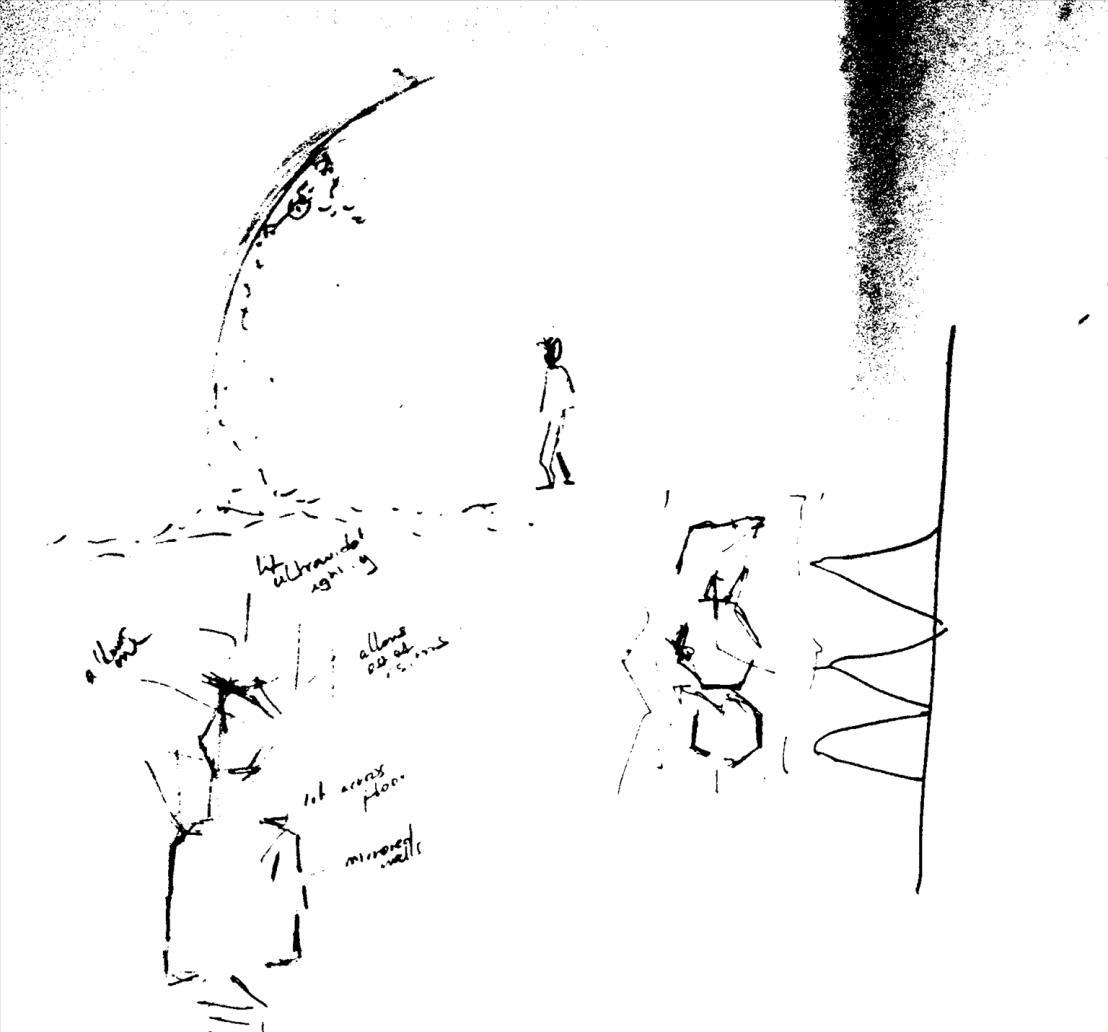


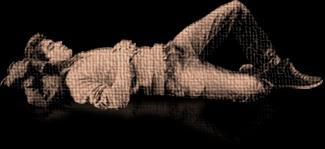




 Part 5 – ‘All of the stars’
Part 5 – ‘All of the stars’
All Of The Stars is the central space in the exhibition and provides a space for rest and reflection for visitors following the chaotic Is This Your King Visitors look into mirrored and translucent fabric forms reminiscent of the wisps of cloud and light in The Plane of The Ancestors, an iconic location in the Black Panther comics and in the film The entire space appears mirrored and reflects the LED lights that snake across the ceiling, lighting the suspended fabric components, creating an ethereal atmosphere for reflection that the central character, T’Challa also experiences halfway through the film



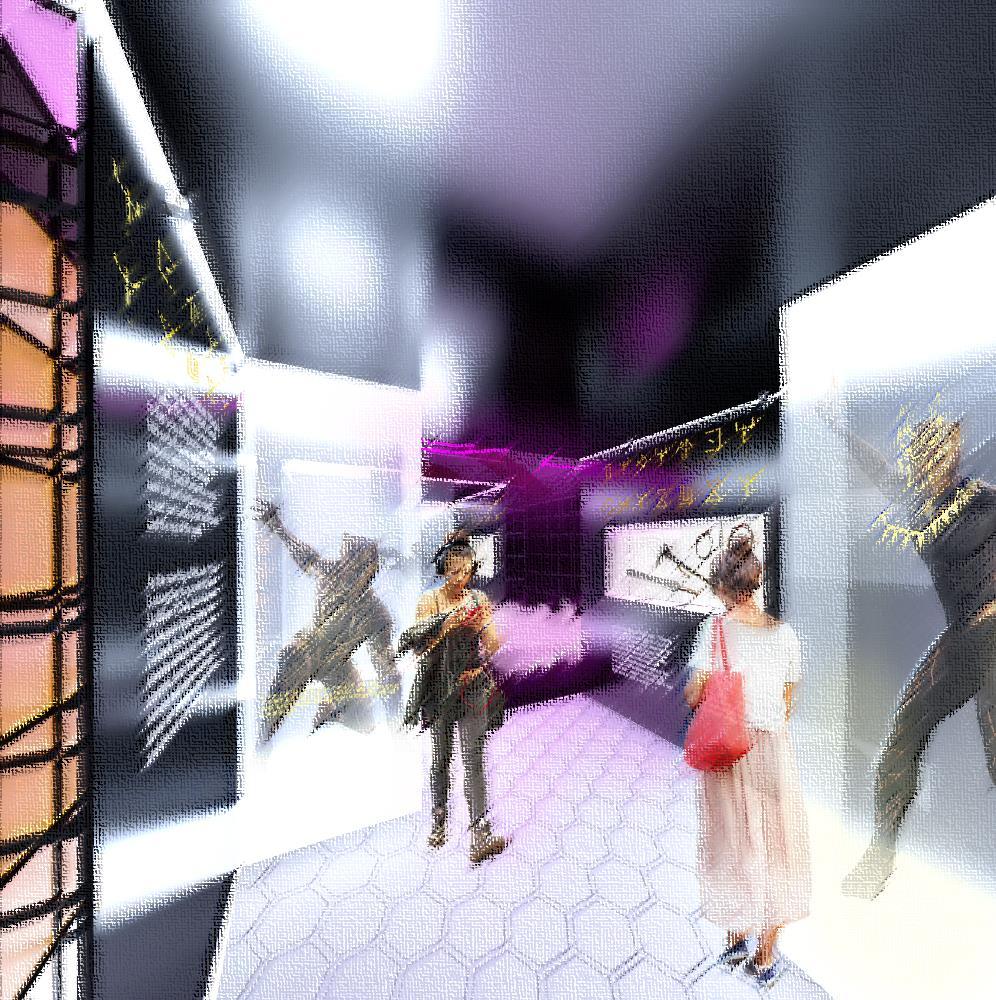

Reflecting the climatic final battle between the protagonist and antagonist of Black Panther, King T’Challa and Erik Killmonger, Pray For Me reflects the streamlined and slick sequence of the battle and showcases Wakandan weaponry and armoury from the film.
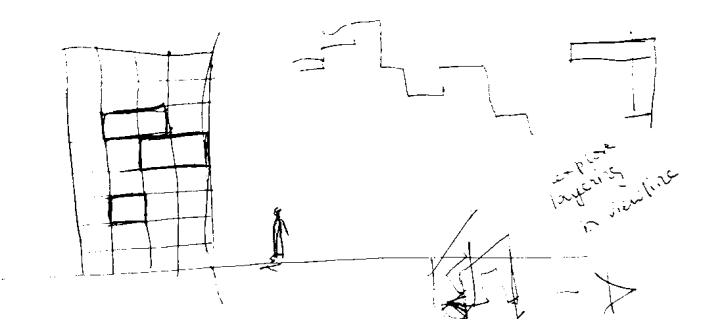

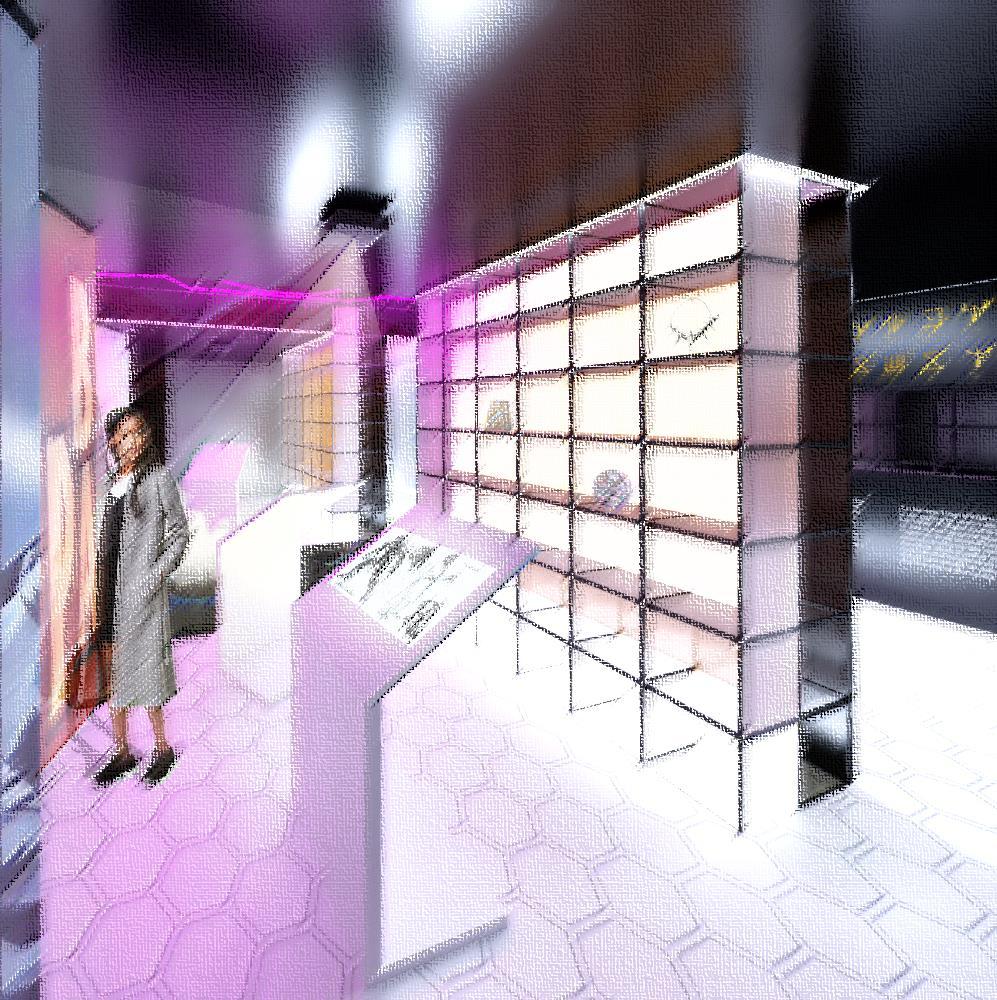

In Wakanda Forever, visitors reflect on the experience, exploring ‘making-of’ and ‘behind-the-scenes’ content and videos on interactive screens, perusing and reading about props of iconic pieces from the Black Panther film and comic and watching projections of iconic imagery from the film, comic, cartoons and music video


Part 2
‘How can architectural narrative engender impactful experience?’
Excerpt from Project Research Paper

It is narrative, crafted through storytelling, that connects humans to each other and to the world, and simultaneously distinguishes them from one another and constructs the realities that make up human culture

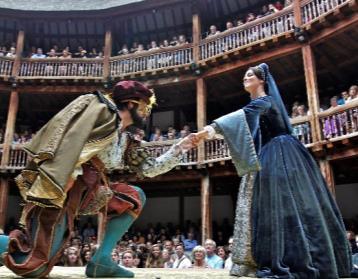

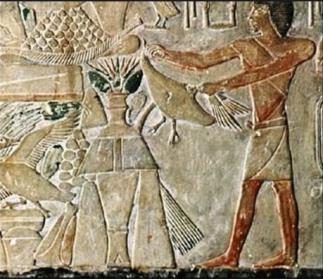
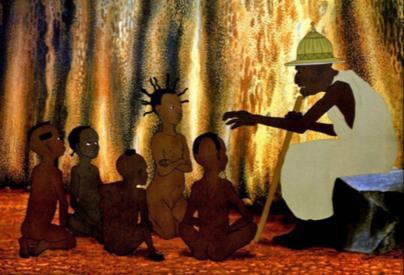 Emmons, Phinney, 2017
Emmons, Phinney, 2017
Architecture is a journey of movement and an unfolding of a mystery which conditions your mind and calms your temper, through a sequential unfolding of spaces. It is an act of ‘Story-telling’. (Pandya, 2014)


If “A clear and compelling narrative helps us find meaning” (Wiggins & McTighe, 1998, p. 84), then the conceived (by the architect in the design process) and perceived (by visitors to a space as they move through it) narrative of an architectural space augments the evocative and experiential qualities of the architecture (Scheeren, 2015).
By exploring how narrative can be represented in architectural space so that it can evoke various readings and experiences in observers, an understanding of how to craft spaces that incite impactful experiences can be gained A better understanding of narrative as it applies to architectural experience can not only guide the design of more responsive and resilient new architecture, but also the enhancement of existing spaces
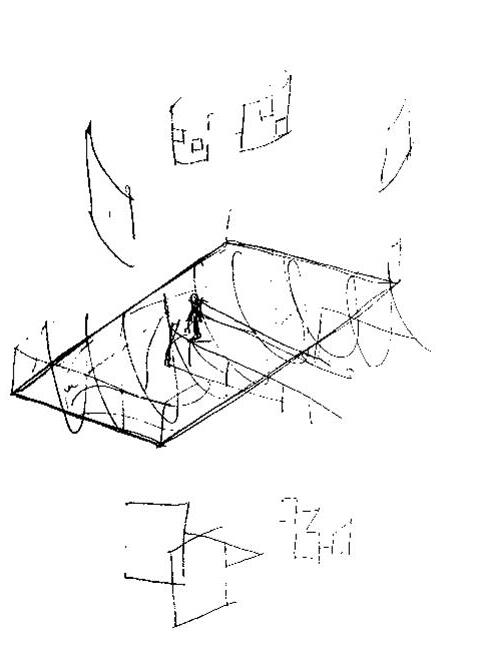
Architectural Narrative

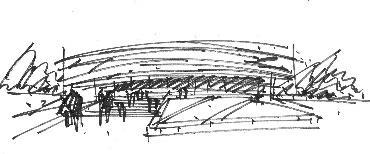

How can architectural narrative engender impactful experience?
Eisenman (as cited in Vidler, 2012) contends that by recognising the undecidability and indeterminacy that underlie the architectural project from the outset, the architect redraws the “very boundaries of the discipline” (pp 22) and the “possibility of an architecture” (pp 22) emerges As Emmons and Phinney (2017) note, “profound architecture frustrates analysis and evades prediction’ Architectural space should instead, Derrida (as cited in Santonocito, 2009) proposes, be designed as ‘ spaces of possibility’, of “nonsaturation and of incompleteness” (pp 4); as “architecture of the event” (Derrida, 1986) Within such a design, the Event presents a “possibility of possibilities” (Badiou, 2010, p 243) by inciting the rethinking and reformulation of architectural space by observers, and thus inspiring them to construct meaning and narrative
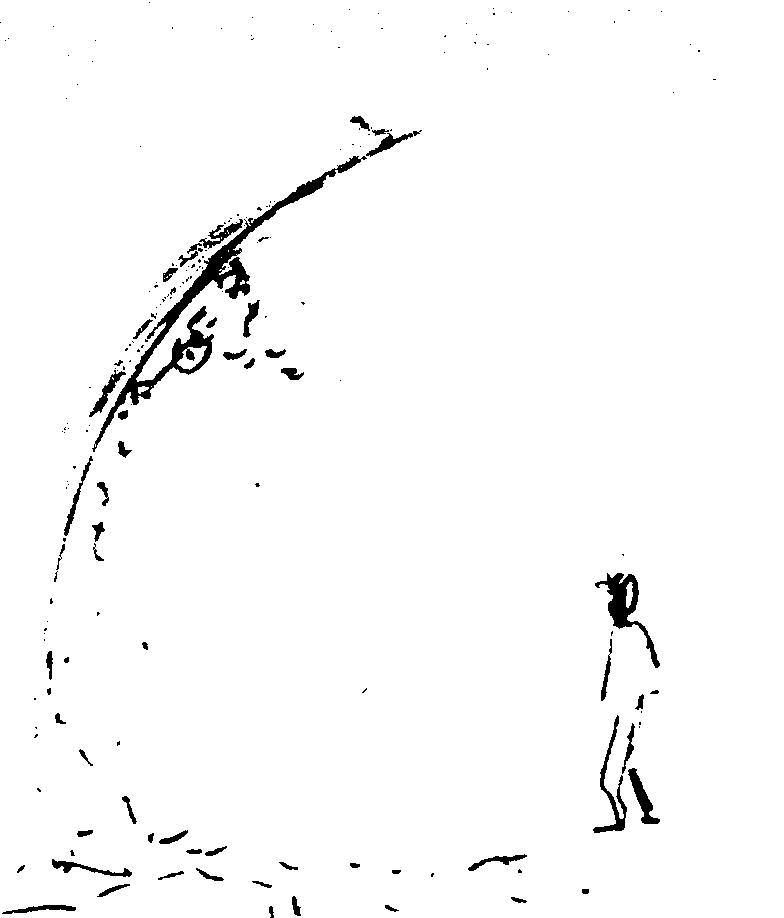
Baudrillard (1994) argues that architecture is not what fills a space but what generates it, and Derrida (1986) proposes that what generates architecture are ‘Events’,
The physical or perceptual movement of observers through architectural space, their‘ transito’ (Bruno, 2002), links Event to Event


Events linked by Journey inspire observers to craft personal narratives. An overarching structure to an environment offering multiple possibilities of Event and journey (‘transito’), helps observers to make sense of their different perceptions in relation to one another and to successfully interpret and construct narratives of the architectural elements that they see, as they have underpinning logic (Psarra, 2009).
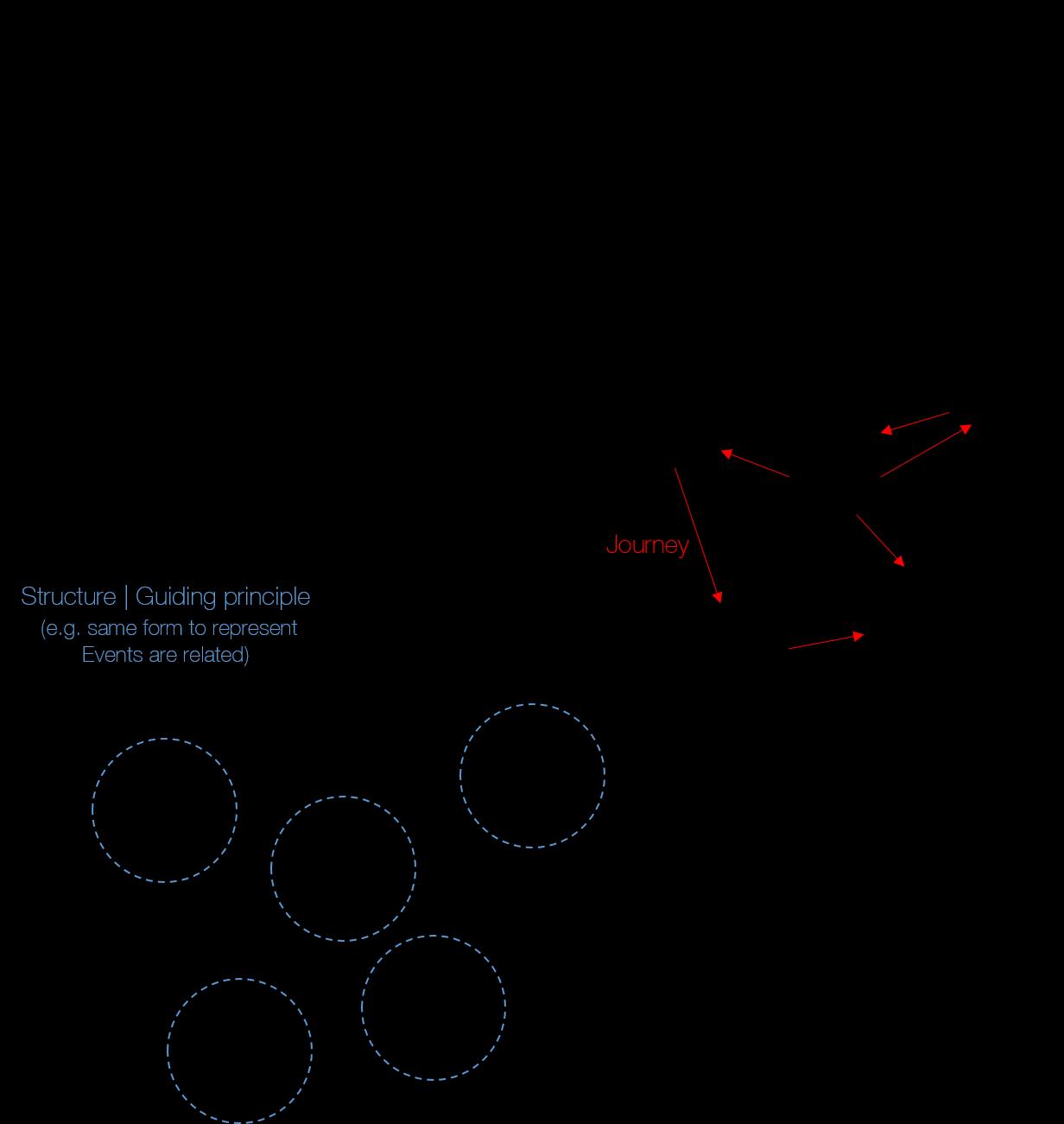








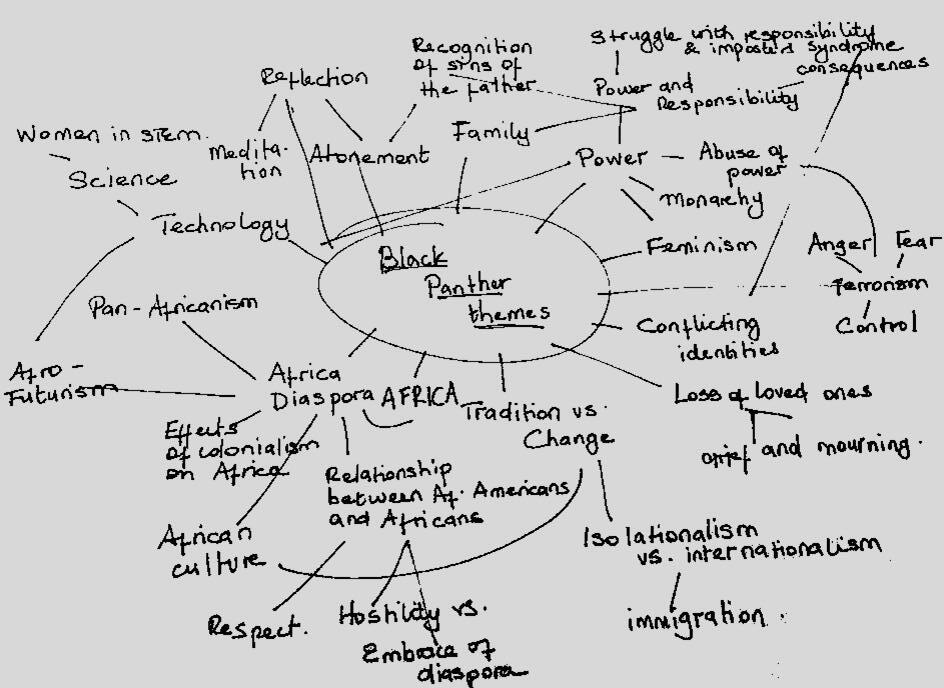



Part 3
Technical Drawings

